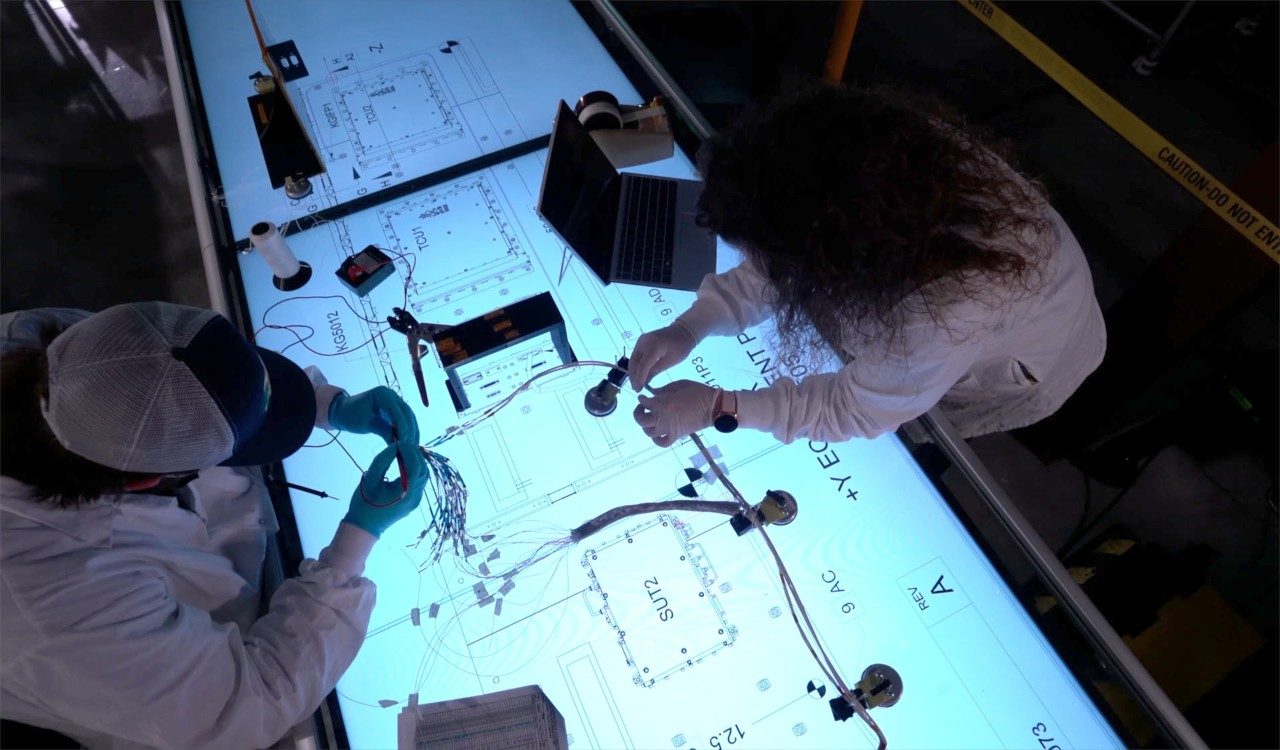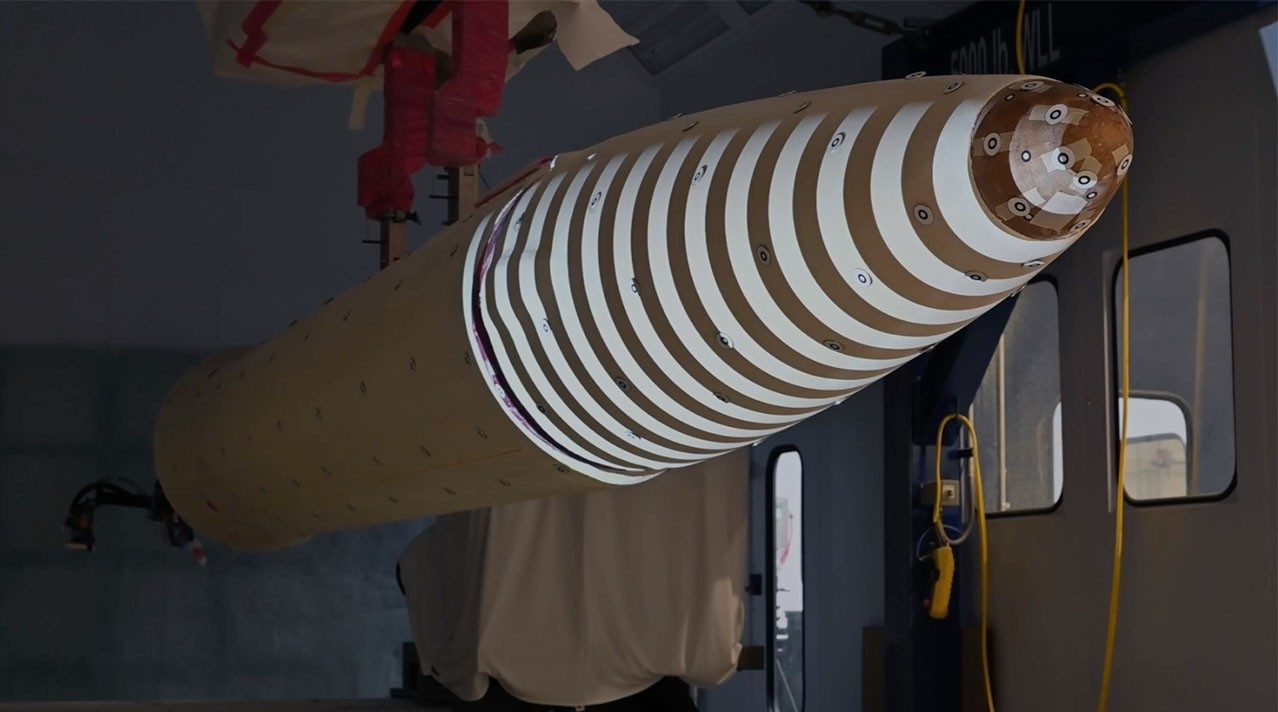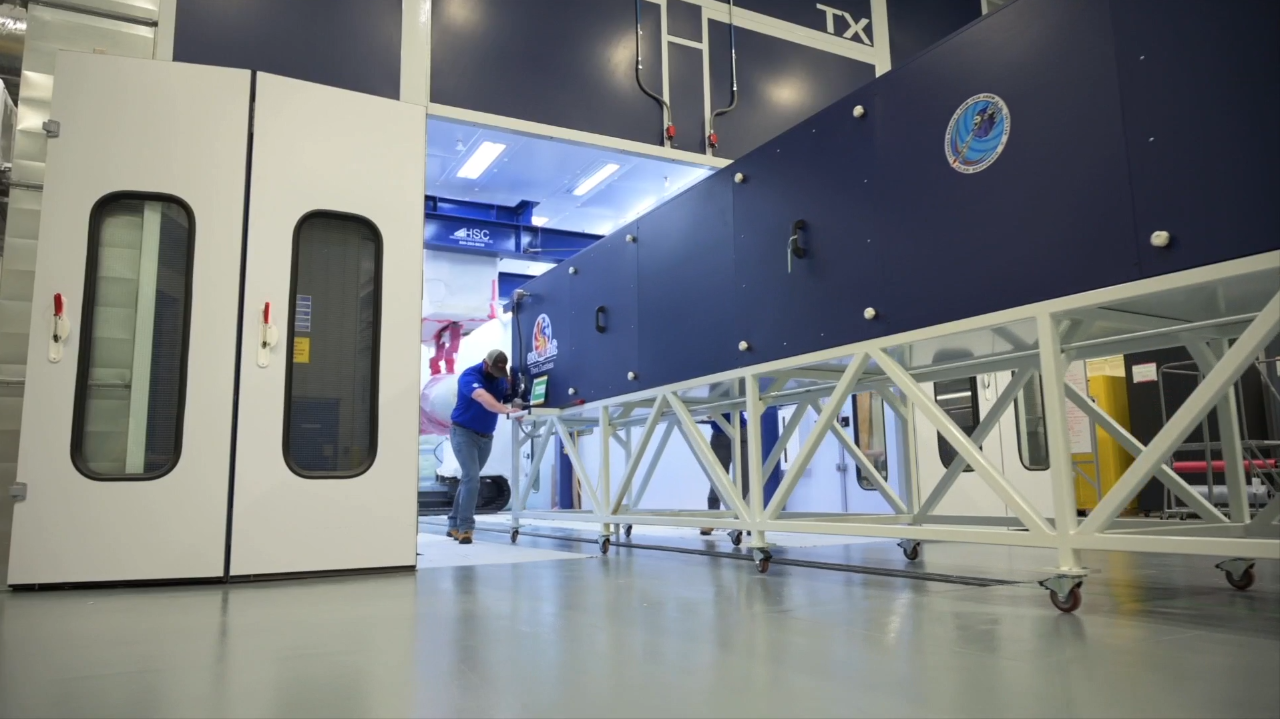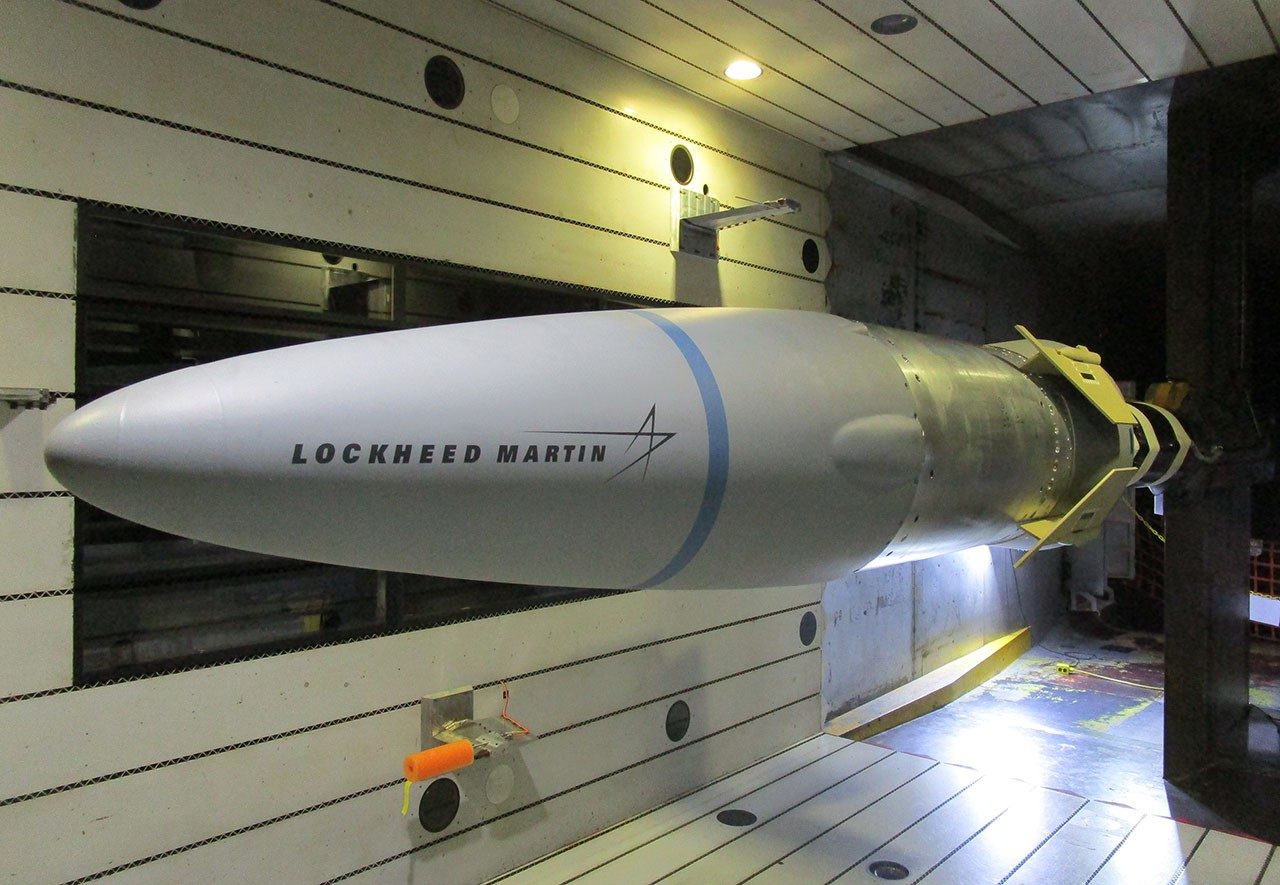Hypersonics: Rocket Science Meets Critical Capability
How Lockheed Martin’s Hypersonic Missile Development is Accelerating ARRW to Delivery
Hypersonics. A mystery to some, an exciting term for others, and a unique challenge for all.
Hypersonic missiles continue to be an enticing effort for the U.S. Government as they offer the ability to launch highly maneuverable weapons at hypersonic speeds while evading just about any defense system in the world, providing a considerable advantage over any threat.
It’s no mystery hypersonic technology presents several complex engineering challenges, with one in particular – speed. Going in excess of Mach 5 – five times greater than the speed of sound – generates extreme levels of heat, driving the need for innovative materials to withstand such speeds and still perform necessary operations effectively.
Therein lies the dilemma. How can the development and production of hypersonic weapons be accelerated?
At Lockheed Martin we are solving the hypersonic challenge. We are leading the industry to deliver hypersonic technologies by leveraging experience and expertise to accelerate development, testing, and fielding, and providing U.S. warfighters with game-changing capabilities to help ensure the nation retains its technological edge over emerging threats.
The Air-launched Rapid Response Weapon (ARRW) is one hypersonic system the Lockheed Martin team has achieved significant progress on an unprecedented timeline – cutting development time almost in half.
Demonstrating ARRW’s Capabilities
Currently, Lockheed Martin is partnering with the U.S. Air Force to conduct the All-Up-Round (AUR) flight test series for ARRW and has completed multiple successful missions which are designed to systematically validate the missile’s operational end-to-end capability at hypersonic speeds – from aircraft release to target impact.
In preparation for the ARRW AUR flight test series, the program successfully conducted multiple risk reduction test activities.
Preparing for and executing successful hypersonic tests do not come without challenges.
So, what does it take to develop, test, and deliver a complex hypersonic weapon? Speed, thinking outside the box, and collaboration.
Timeline of Unique Testing
While development time was cut in half, the ARRW team that got to this point would say it was like ‘sprinting a marathon over uncharted terrain.’
The speed of the ARRW flight test program is a unique first. Most traditional development programs take a ‘crawl, walk, run’ approach. Flight testing will start with a series of inert test vehicles such as jettison test vehicles to show separation from the aircraft under multiple environments, and controlled test vehicles to show separation of avionics equipped from the aircraft well before a live rocket motor release.
ARRW’s approach has been much faster, starting with the booster test flight series and culminating with the AUR test flight series.
What did the engineering team do to develop, test and field these capabilities faster? The ARRW team took on the high-stakes task by implementing agile testing techniques alongside development and increasing collaborative work.

“We took on a new philosophy when it came to design verification testing, ultimately reducing the overall time it took to create the design and we had an idea of what potential issues could occur ahead of time,” said a subsystems design engineer.
Taking on the more agile approach to testing subsystems continued to prove beneficial.

Thinking Outside of the Box
As the first hypersonic strike weapon scheduled to successfully complete development testing, ARRW is a first-of-its-kind system. Every part is new and unique.
“It’s like nothing I’ve ever experienced,” said a subsystems design engineer. “We began working on cutting-edge, first-of-its-kind technology almost immediately. The environments they have to survive in is unique, and then making sure we are keeping the operator safe...as an engineer, you think about all these things when you first go to test. It’s very intimidating, but also very exciting. There’s no manual to go off of because we’re writing it!”

Wind Tunnel
Conducting wind tunnel testing early and often in the development allowed for the team to gain invaluable data, providing key insights as testing and development continued – burning down risk, without losing time.
“Some of the discoveries we made in the early tests and the predictions of potential issues were spot on,” said an aeronautical engineering manager. “Because we did these tests early and as many as we could, we were able to burn down significant performance risk.”

Warhead
Because of the unique nature, shape and complexities of the warhead, the team quickly discovered this testing would require a lot of ‘firsts’ and began to look beyond traditional techniques and pursued innovative data collection methods.
“We conducted over six warhead arena tests within six months,” said an aeronautical engineering leader. “That’s a lot considering we had to implement some very different approaches and techniques to get the accurate data we needed.”
Solid Rocket Motor
“Our biggest consideration for the rocket motor tests was the safety of the operator and end users,” said an aeronautical engineer. “We had a lot of industry firsts when validating the safety of the system. We wanted to make sure that under no instances would this weapon come back and harm the platform or the warfighter.”

Fast-Track to Production
Alongside development and testing activities, the ARRW program team established a production line in parallel, accelerating the ability to deliver the hypersonic-strike capability to the warfighter faster. During development all production readiness reviews were held, signaling that suppliers and Lockheed Martin are ready to begin manufacturing production hardware. This enabled all flight test hardware to be built on certified production lines, further demonstrating the ARRW missile is ready for low-rate production.
To move faster, Lockheed Martin leverages our partnerships with the United States Government, our diverse supplier base, and experts across the corporation to ensure we are producing the most capable and affordable systems.
The ARRW team focused on a sustainable industrial base, a robust supply chain, a strong workforce pipeline, and an acquisition approach to match the speed of relevance.
Focusing on the Mission
At Lockheed Martin, developing hypersonic strike capabilities is an imperative. This mission fuels the spirit of innovation to accelerate development to deliver to our customer faster.
“Leading the ARRW team through the unique challenges of a Section -804 Rapid Acquisition program to deliver first-of-its-kind technology to the warfighter has been a once in a career experience,” said Dave Berganini, Vice President of Hypersonic and Strike Systems at Lockheed Martin Missiles and Fire Control. “The biggest challenge associated with the execution of the program was instilling a sense of urgency, that has been maintained for the past four years, to deliver on this strategic national imperative.”
“We had to develop a different strategy for execution to sustain the rapid pace,” Berganini added. “Most programs experience surge to meet a critical milestone and that surge lasts for three to six months…we have been in a surge state for the past four years. And the program team completed an unprecedented number of first time events within those four years, much of that progress rivals most highly tenured programs.”
While potential adversaries are making progress in the area of hypersonic capability, Lockheed Martin remains focused on giving the warfighter an advanced capability that will provide a deterrent and, if necessary, a battlefield advantage. Developing and delivering these capabilities is one more way Lockheed Martin is ensuring those we serve always stay ahead of ready.




